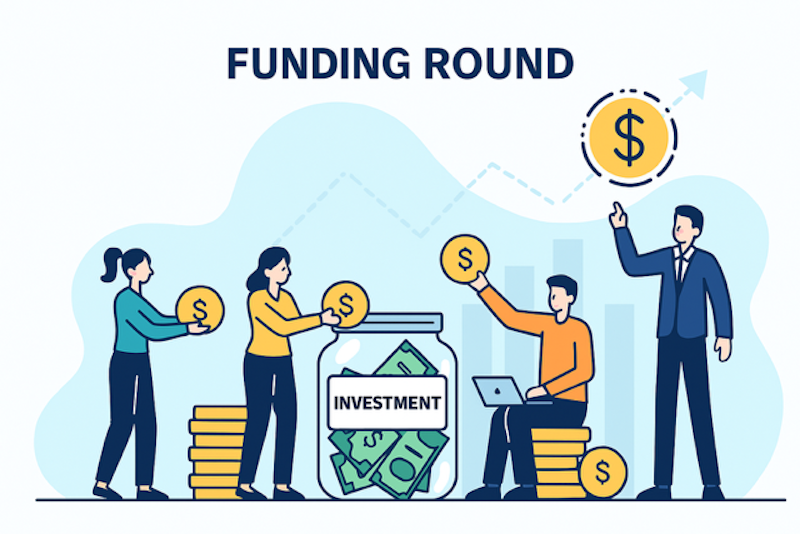Mobile shopping surges during Covid pandemic as Android shines
Research from Liftoff, App Annie and Poq reveals a surge in mobile shopping apps use in the wake of the Covid-19 pandemic, as well as Android’s outperformance of iOS in key marketing metrics.
Liftoff’s data draws on more than 95 billion ad impressions, 1.1 billion clicks across 14 million installs, and 39 million in-app events between 1st June 2020 and 1st June 2021.
Consumers flocked to mobile retail amid coronavirus restrictions, boosting a year long trend of increased adoption in the sector. Globally, mobile users spent 49% more time on these apps since January 2020, reaching nearly 18 million hours spent weekly in April 2021.
Regionally, APAC experienced the most significant growth in time spent (54%), followed by the Americas (40%) and Europe and the Middle East (EMEA) (38%).
Mobile buying has persisted despite the initial global reopening period. Specifically, the analysis revealed a 30.1% increase in purchase rates from Jan 2021 to May 2021 (growing from 15.3% 19.9%).
Purchase sizes also spiked, with baskets hitting a high $88 in June 2021, compared to January’s $74 -- a 15.8% increase.
“We are living in an era that will be defined by mass adoption of new technologies, and retail apps are reaping the benefit. Our analysis over the last five years has shown a strong and continuous trend of consumers racing to these platforms and forming new shopping habits,” says Mark Ellis, Co-founder and CEO, Liftoff.
“Continued interest in mobile shopping, even amid physical reopening, suggests that this isn’t an ephemeral trend but a new normal that will outlast these Covid times.”
Android edges out iOS in retail sector
In the ongoing platform wars, Android shows great promise, especially in retail.
Android users were highly engaged with shopping apps, spending a collective two billion hours a week on these apps as of May 2021, a 51% increase year-over-year.
The research found that Android’s $2.13 cost-per-install (CPI) was 55% less expensive than the $3.85 of iOS, while simultaneously offering a greater install-to-action rate: 16.5%, compared to the 11.3% of iOS.










Continue reading…